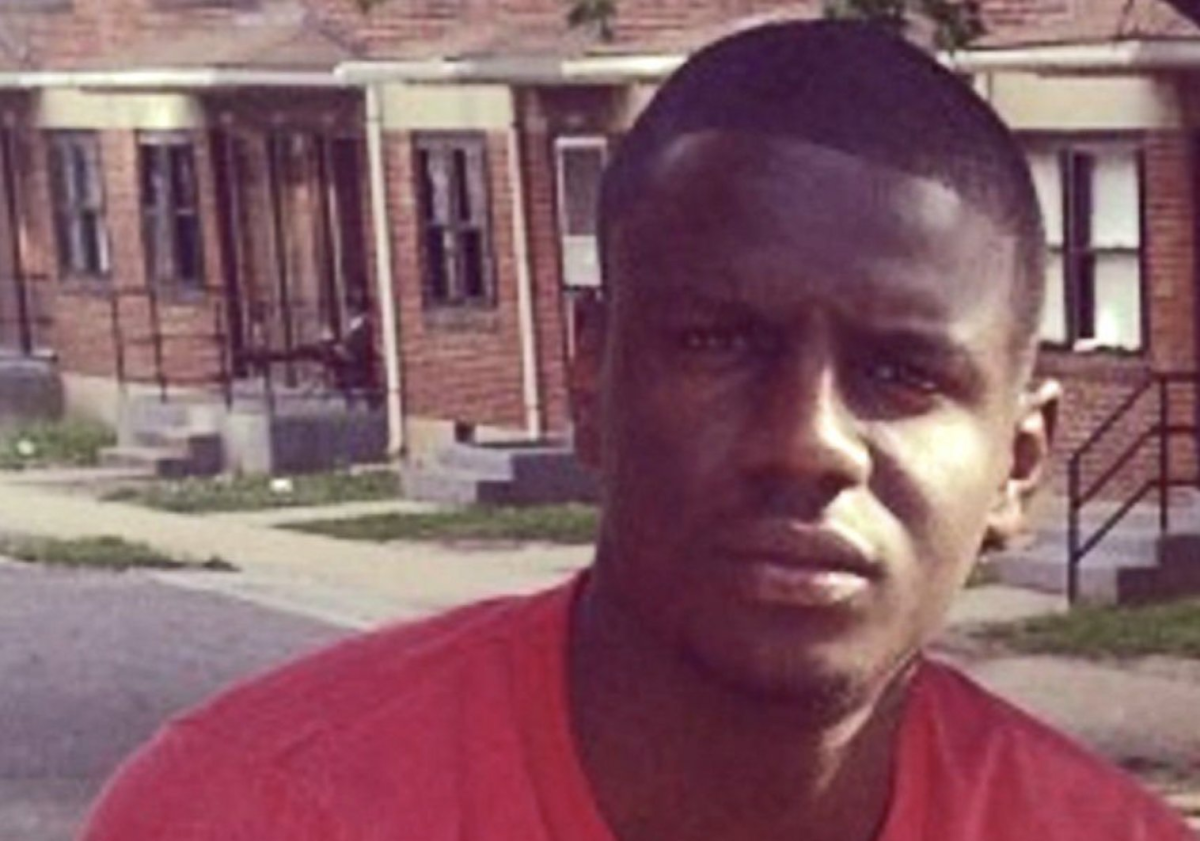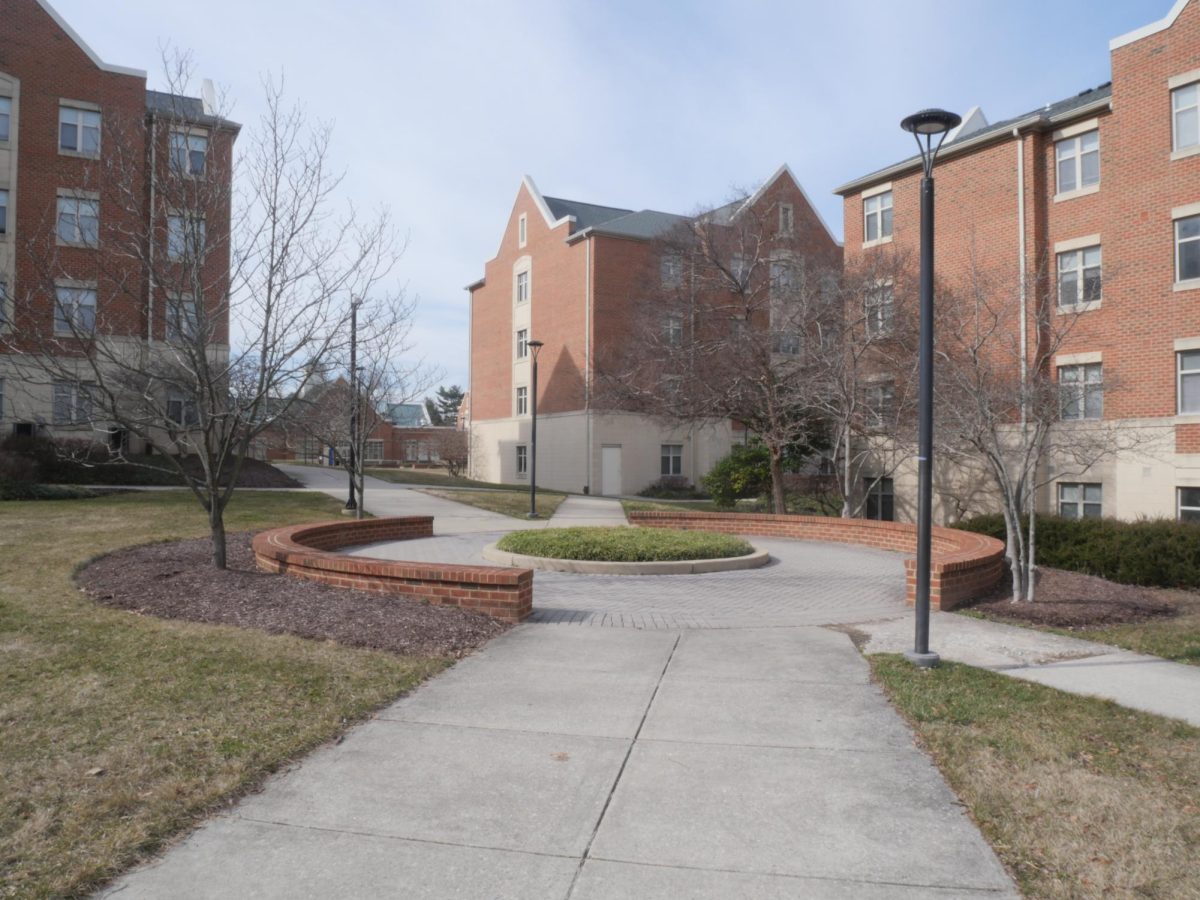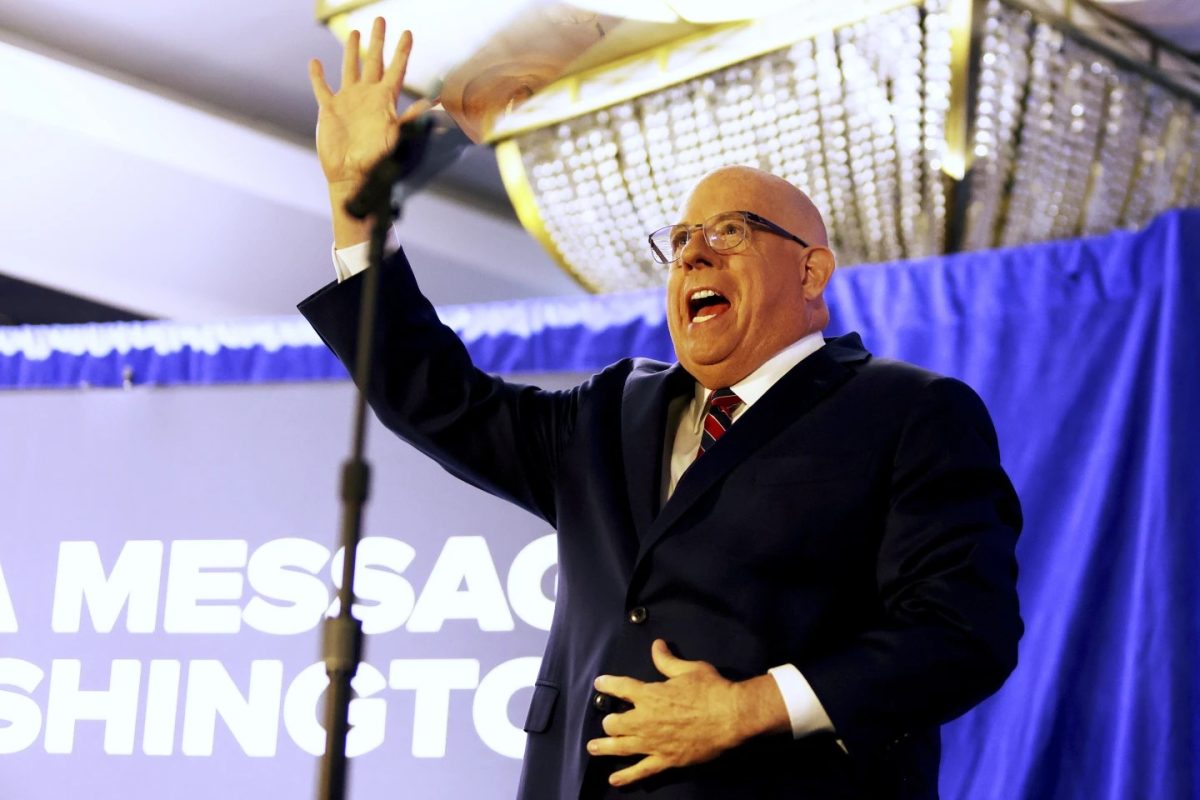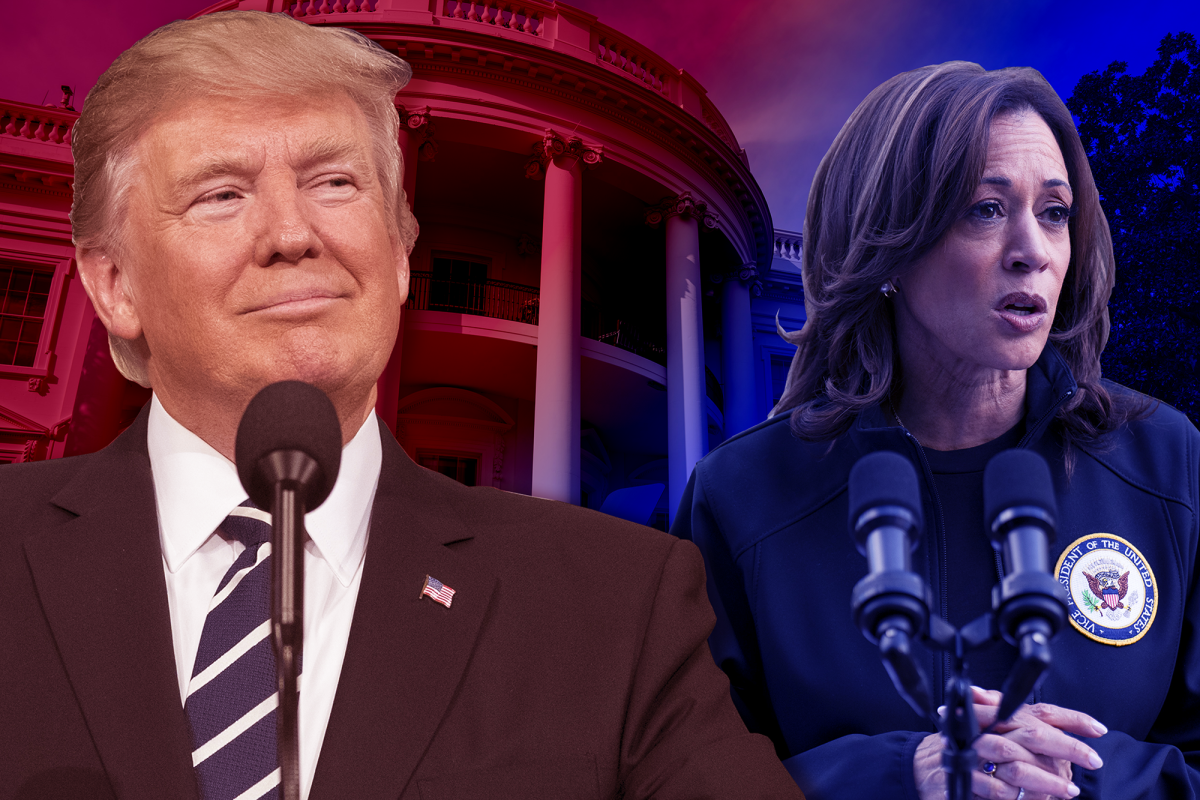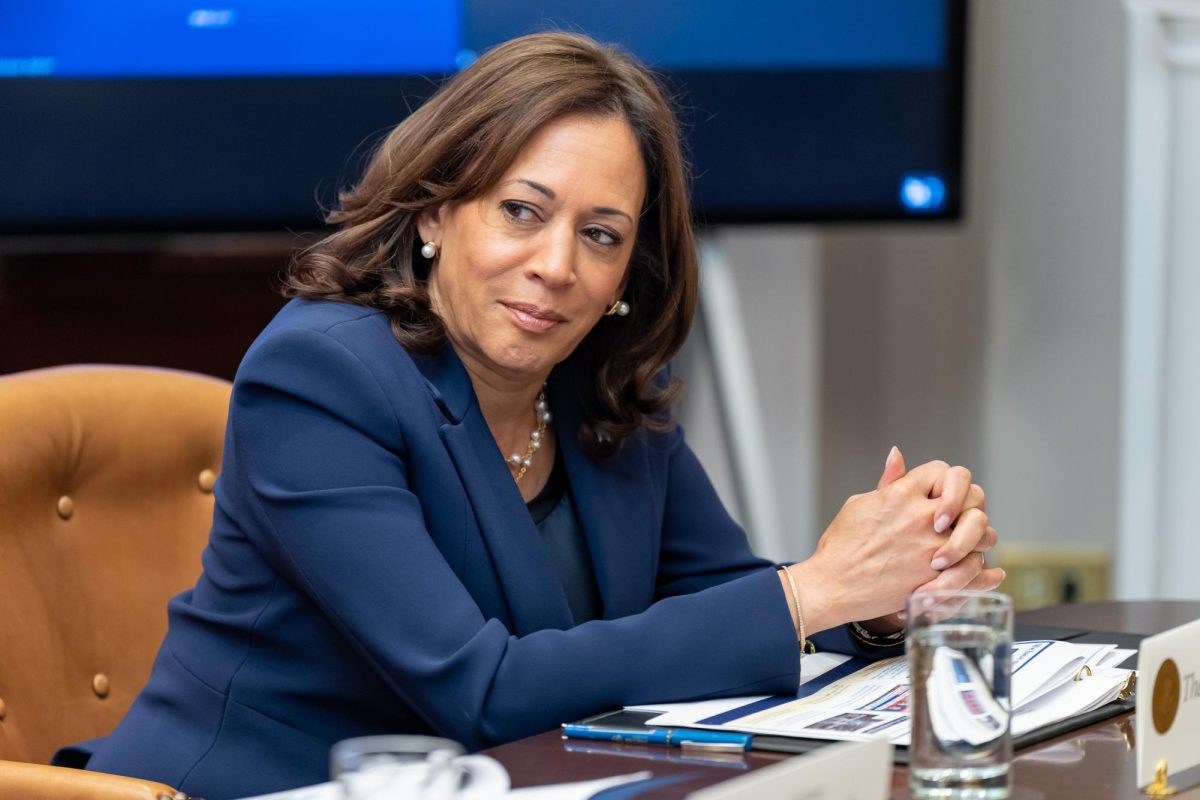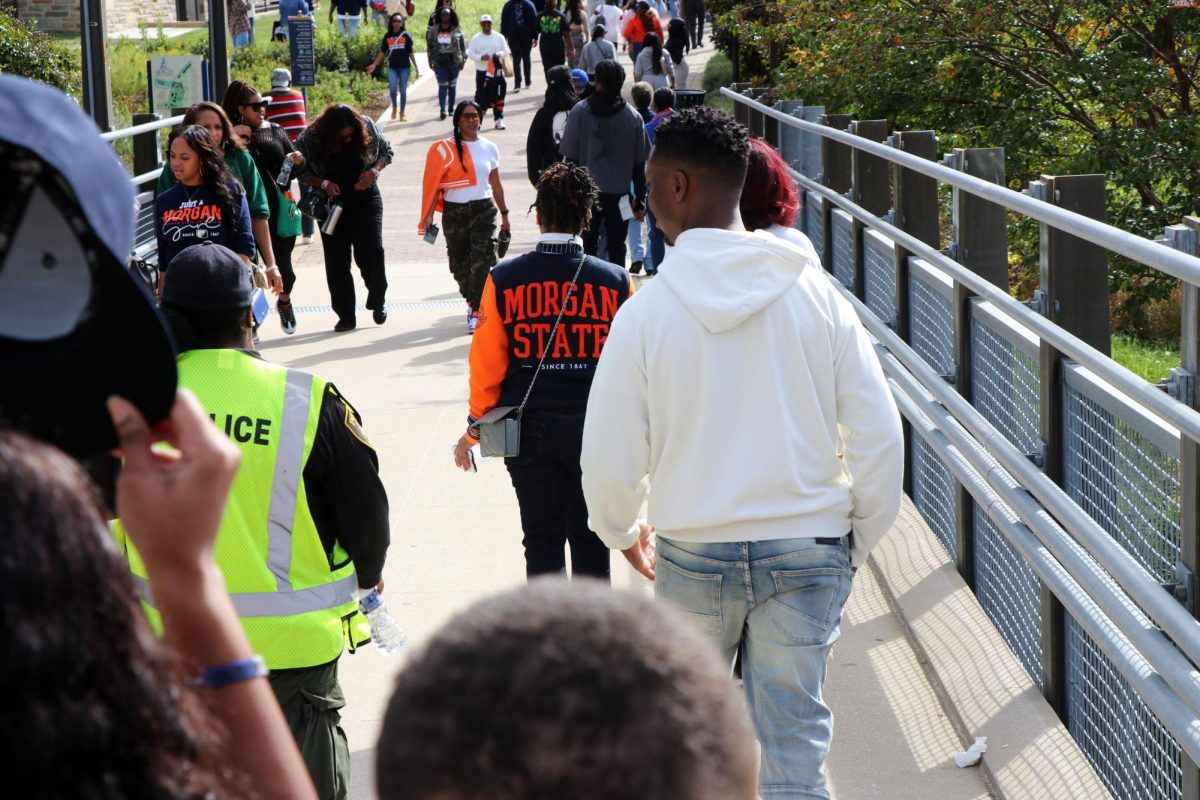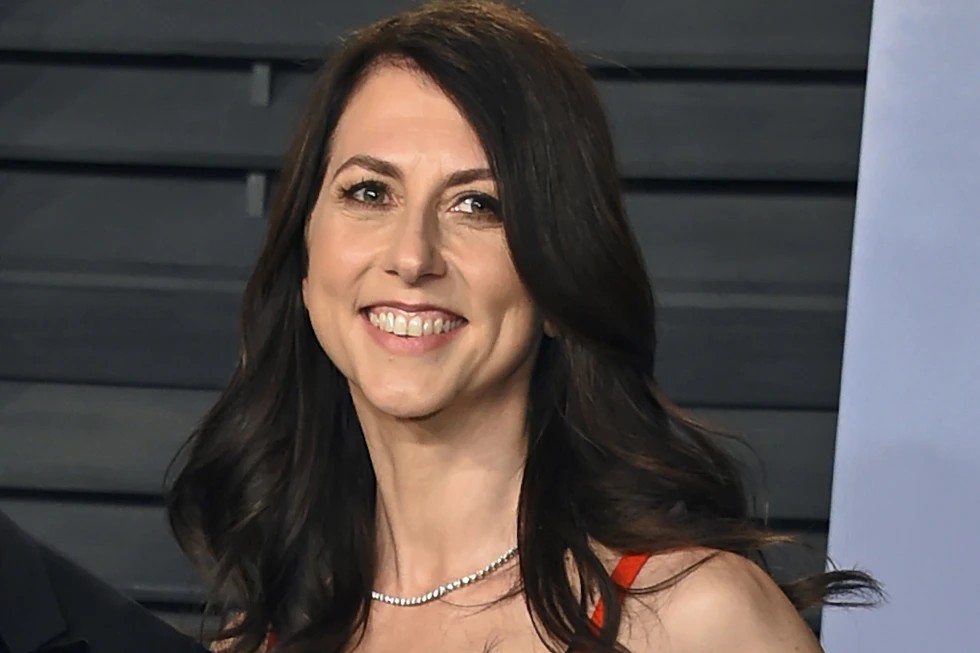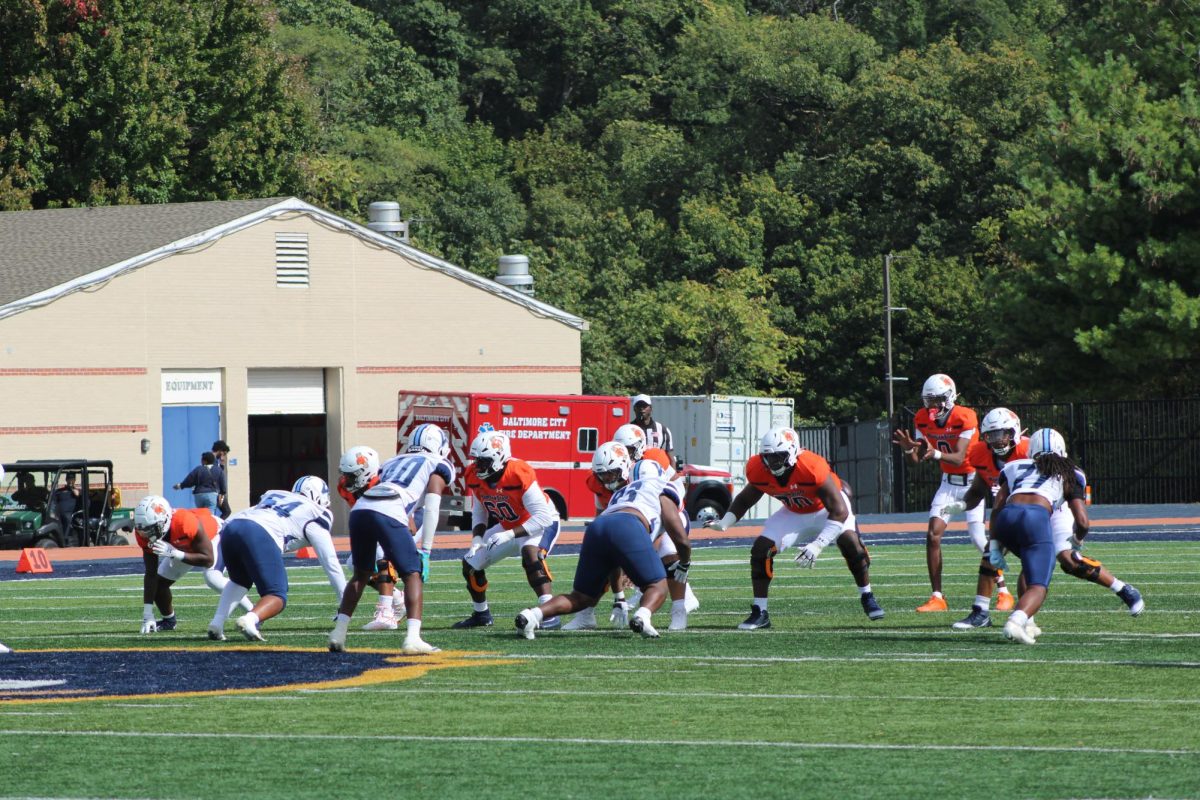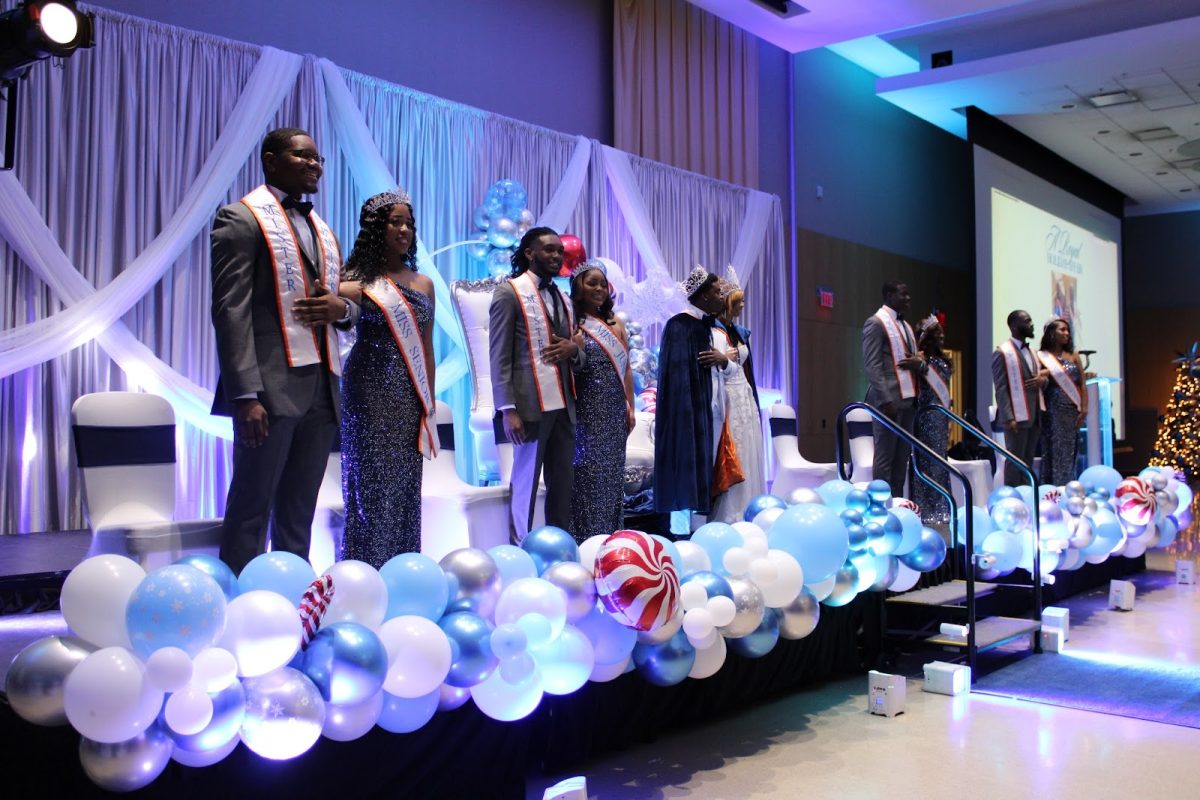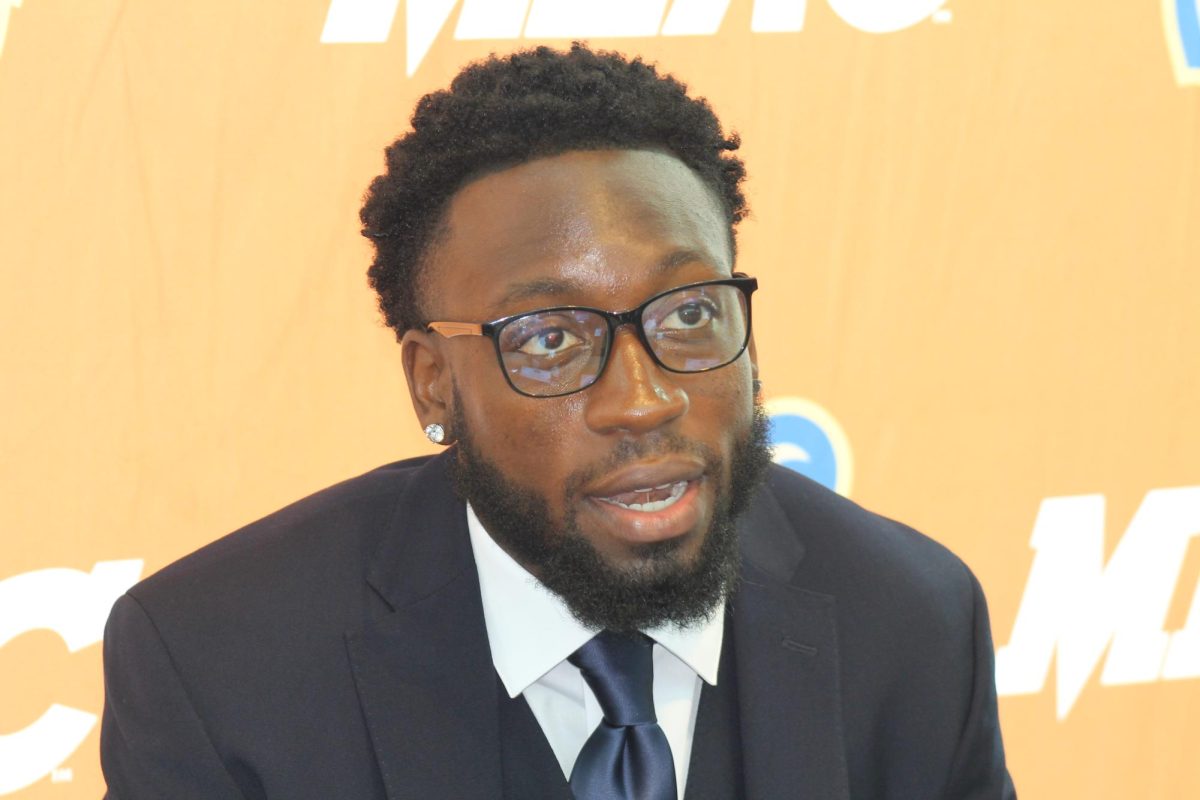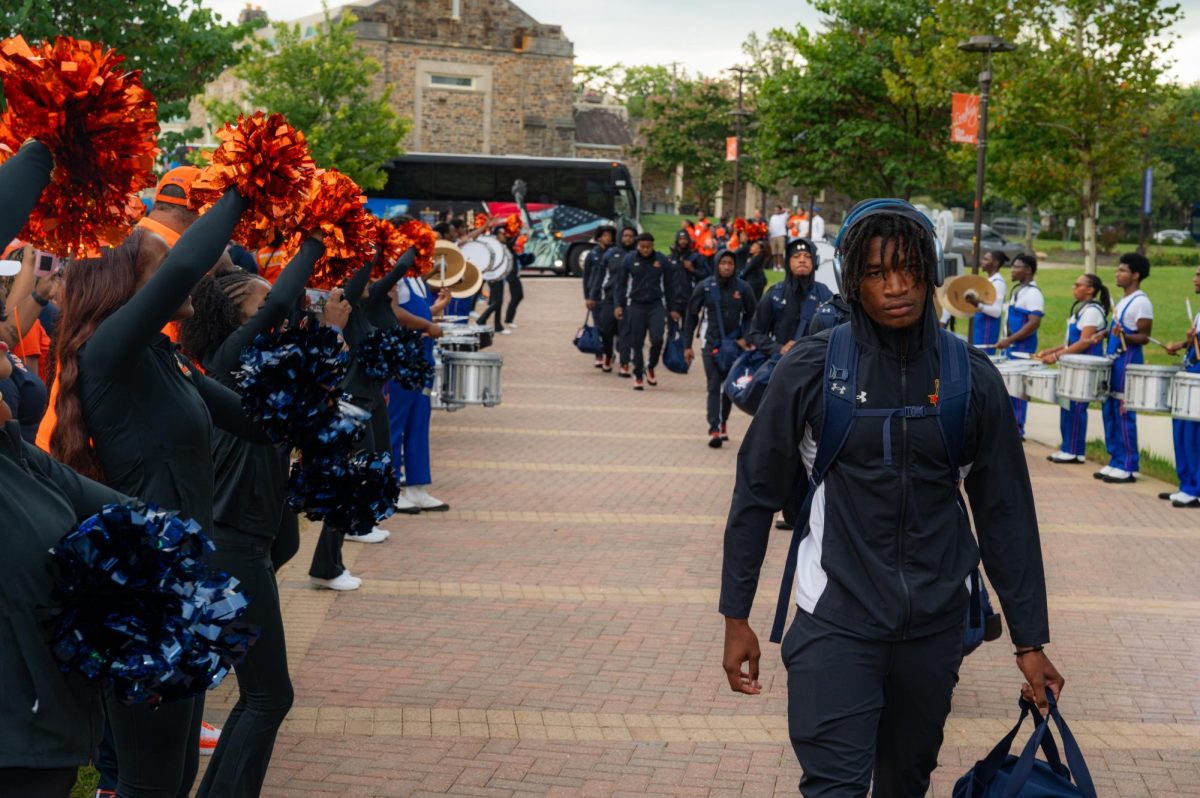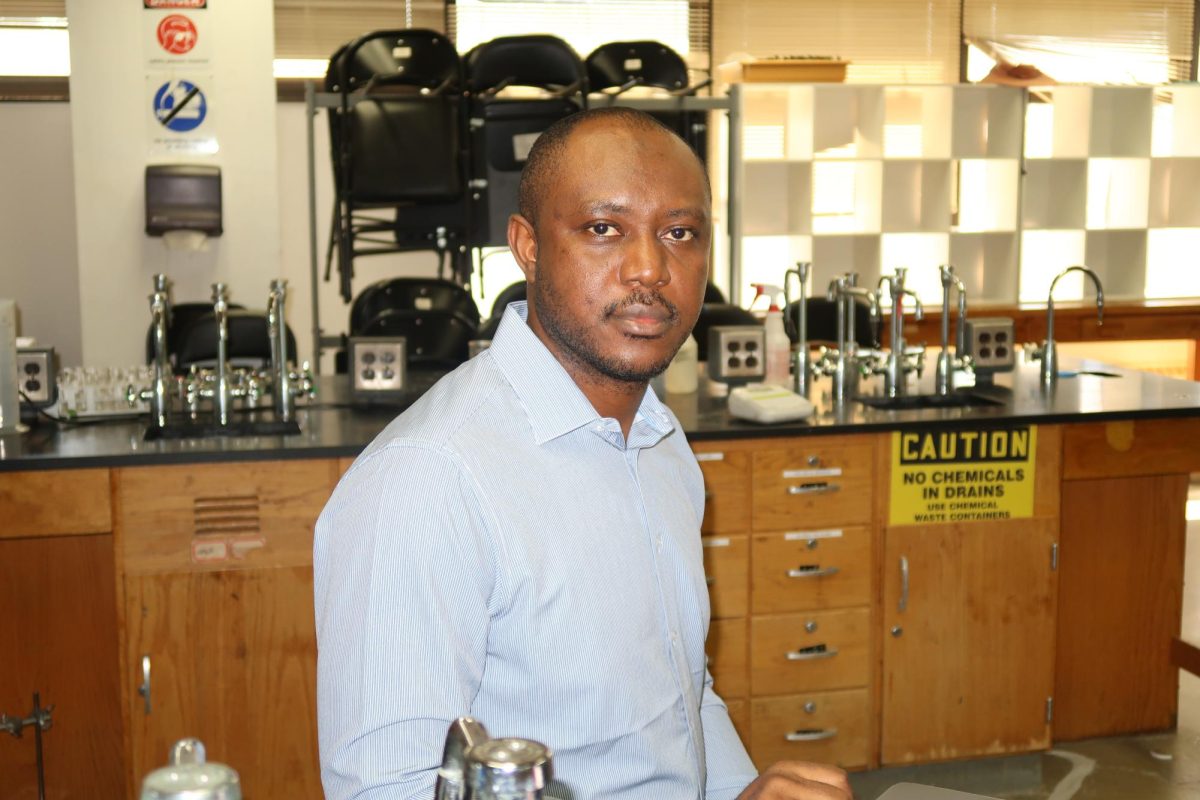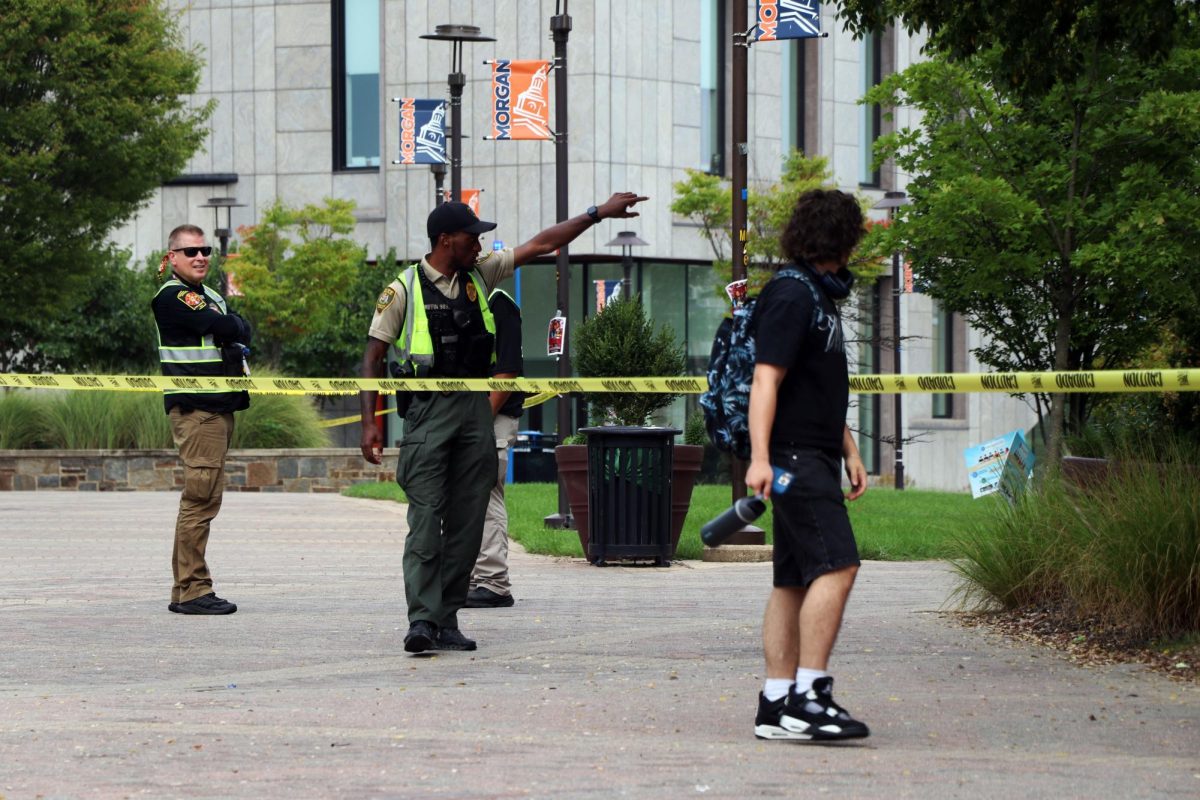The Maryland Commission of African American History and Culture (MCAAHC) welcomed Edwin T. Johnson into his new role as chair on July 1. Johnson, who currently serves as Morgan’s special assistant to the provost, has held various positions in higher education, some of which include time as a professor at both Stevenson University and the University of Maryland Global Campus.
Johnson began his initial journey at Morgan as an undergraduate student in the fall of 1988, graduating class of 1992. Since then he has earned two other degrees from the university, including a master’s in African-American studies and a PhD in history. He began his tenure as a faculty member in 2000, where he served as the director of undergraduate admissions for over seven years.
The three-time Morgan alumnus joined the commission in 2016 after being appointed by former Maryland Gov. Larry Hogan. Last year, he became the vice chair of the organization, and with a year left in his term, there’s a “laundry list” of ideas and plans for his administration.
“There are a number of historic landmarks that I want to have done in terms of the national registry,” Johnson says. The stairs alongside O’Connell Hall, a residence hall at Morgan, led to a neighborhood known as Morgan Park, where prominent civil rights leader W.E.B. DuBois once lived, along with the family home of the Afro-American Newspaper, now commonly known as The Afro.
“There are no signs, no flags, nothing to say one of the greatest African American intellectuals of the 20th century even drew breath there,” Johnson said.
The MCAAHC was established to preserve and promote the legacy of African Americans in Maryland. Founded in 1969 by former Sen. Verda Freeman Welcome after the assassination of Martin Luther King Jr., the purpose of the commission was to bridge the gap between race and gender so that all residents could appreciate and learn from the diverse cultural heritage.
Johnson’s role as chair is to oversee the commission’s activities and operations, along with developing the organization’s strategic plan for long-term goals, priorities, and actions. He is also the official representative for the organization during events, meetings, and public functions.
Prior to Johnson, Tamara E. Wilson was the chair of the commission. During her term there was an increase to the African American Heritage Preservation grant funding program to $5 million from the state government.
Welcome laid the foundation that Wilson built upon, and Johnson aims to further emphasize the numerous contributions women have made to African American history. “Nothing happened in our nation, especially with people of color, without women of color being central to it,” he said.
Among his administration’s priorities, Johnson envisions during his tenure as chair to formally rename the Banneker-Douglass Museum to include the last name of Harriet Tubman. The museum has preserved African American history in Maryland from 1633 through the present day, offering educational resources and community engagement through their exhibitions, events, and programs to ensure the contributions and experiences of African Americans are acknowledged.
In 2019, Johnson and his team created a custom to honor the legacy of the U.S. Colored Troops buried at Loudoun Park Cemetery in Baltimore. In a heartfelt gesture of remembrance, flags are placed at their gravesites to acknowledge and celebrate the significant contributions of the soldiers.
Education still remains at the forefront of his career goals. If Johnson were given the ability to change anything in the world, he says he would wish to have an effective public education for all children regardless of race or economic status for all grade levels. “I think if you get a good education, you can do almost anything,” he said. He is surely a representation of this sentiment.


